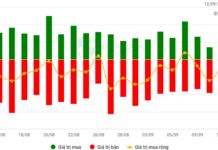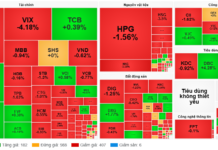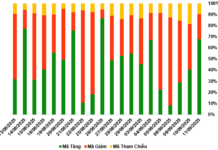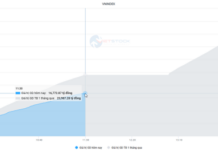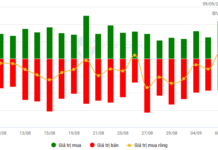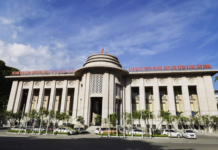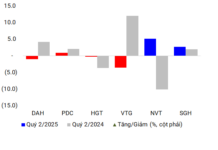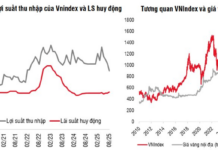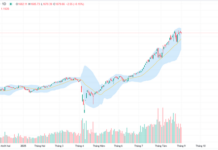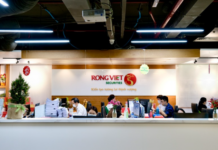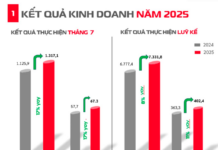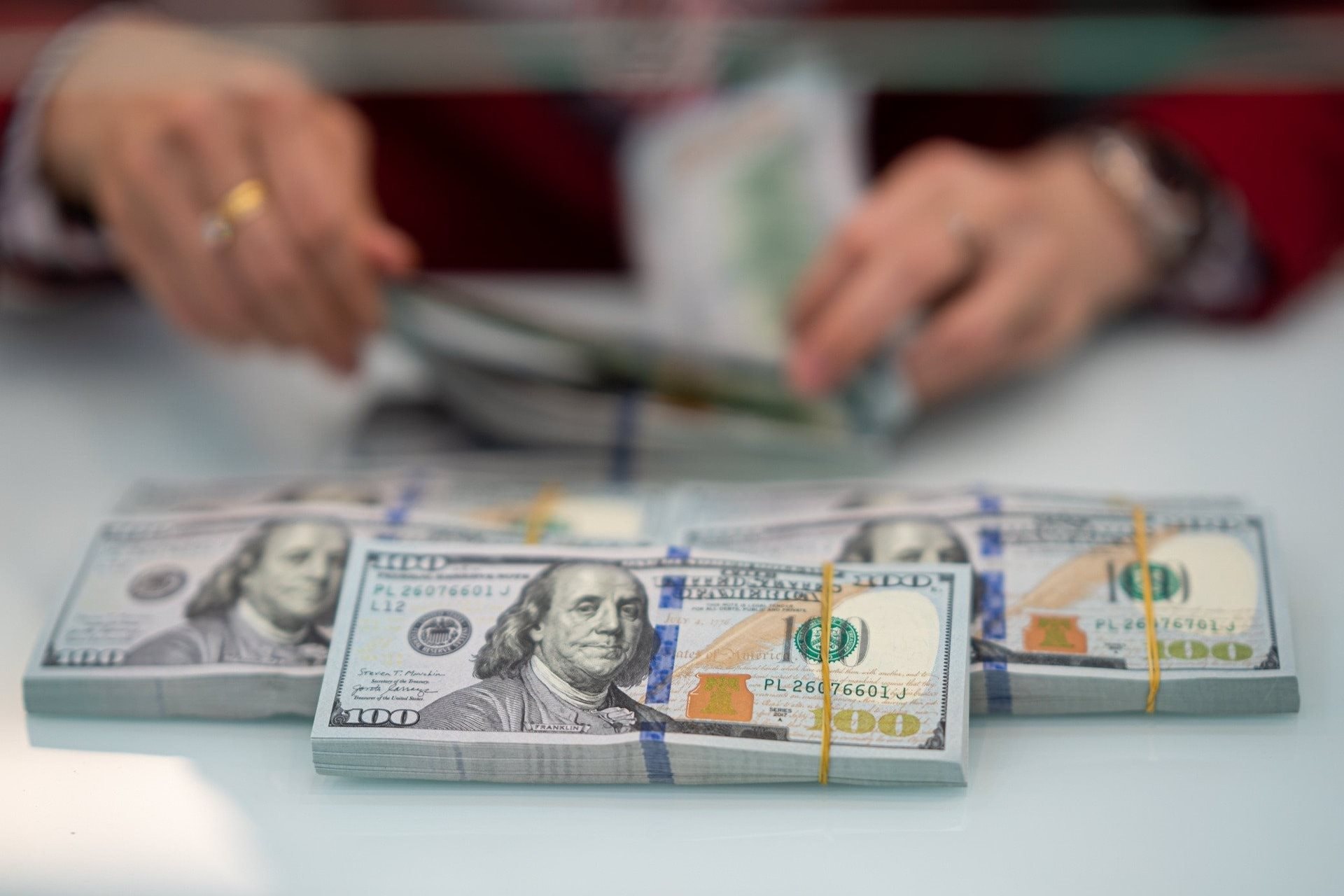
Illustrative Image
In today’s trading session (November 7th), the State Bank of Vietnam (SBV) adjusted the daily reference exchange rate by 25 VND to 24,283 VND/USD, the highest level since the central bank adopted the current mechanism in early 2016.
With a +/- 5% fluctuation band, commercial banks are allowed to trade the US dollar at a range of 23,069 – 25,497 VND/USD.
Meanwhile, the buying and selling rates at the State Bank of Vietnam’s trading arm were kept unchanged at 23,400 – 25,450 VND/USD.
Despite the significant increase in the daily reference rate, commercial banks continued to keep the selling rate of USD/VND at the ceiling level. As a result, all major banks currently offer a selling rate of 25,497 VND/USD, the highest level in history, surpassing even the rates in April and May 2024. This also marks the 13th consecutive session where commercial banks have kept their USD/VND exchange rates at or near the ceiling level.
So far this year, the USD/VND exchange rate at commercial banks has increased by approximately 1,100 VND, or 4.4%. Specifically, in October and November alone, the Vietnamese dong has depreciated by more than 3% against the US dollar.
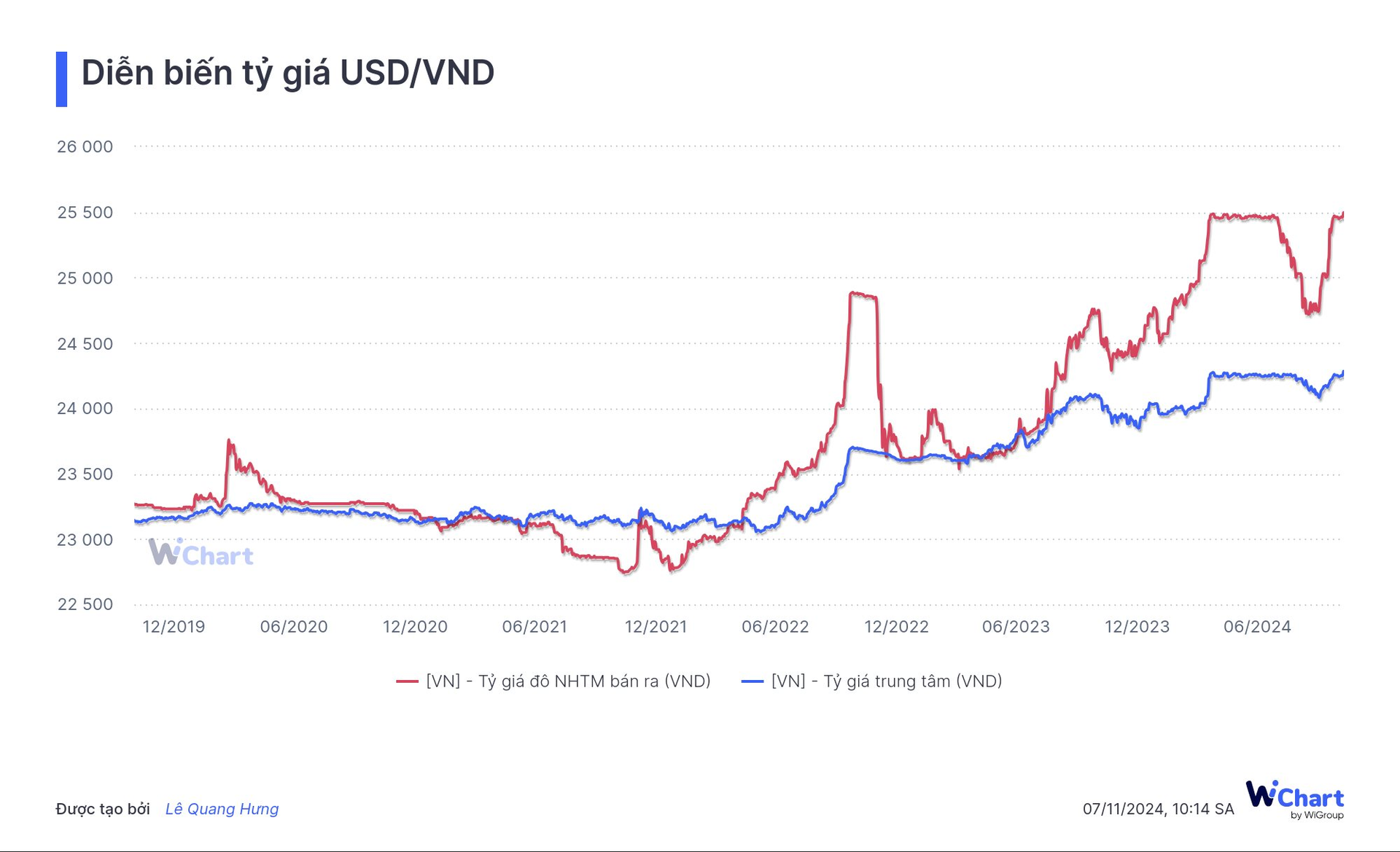
In the interbank market, the exchange rate closed at 25,385 VND/USD on November 6th, an increase of 39 VND compared to the previous session, bringing the total increase since the beginning of the year to over 4.6%.
In the free market, after a sharp decline in the previous session, the USD rebounded this morning. Currently, foreign exchange trading points are buying and selling USD at 25,720 VND/USD and 25,820 VND/USD, respectively, a significant increase of 120 VND compared to yesterday’s rates. Overall, the USD in the free market has appreciated by about 1,000 VND, or 4%, since the beginning of the year.
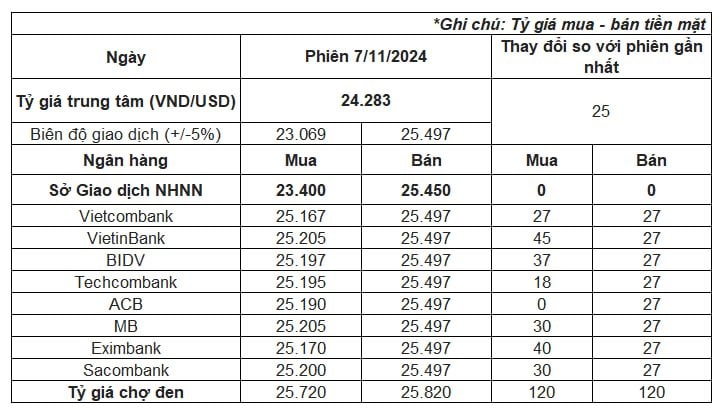
The surge in the USD/VND exchange rate comes as the US Dollar Index (DXY), which measures the strength of the greenback against a basket of major currencies, soared above 105 points, reaching its highest level since early July 2024.
According to Reuters, the US dollar is hovering near a four-month high as markets react to Donald Trump’s overwhelming victory in the US presidential election and the Republican Party’s majority win in the Senate. Control of the House of Representatives remains uncertain, with the Republican Party currently holding the majority.
A comprehensive Republican victory would enable the party to make more significant legislative changes, potentially causing greater volatility in the currency market.
Trump’s policies on illegal immigration, new tariffs, and deregulation could boost growth and inflation, reducing the likelihood of Fed interest rate cuts.
Nikos Tzabouras, a senior market analyst at Traduel, commented, “This could push inflation higher and force the Fed to loosen policy more slowly, which is dollar-positive.”
According to the CME Group’s FedWatch tool, the market now expects a 70% chance of a Fed rate cut next month, down from 77% in the previous session, following the election results.
As the USD/VND exchange rate faces significant pressure from international markets and increasing domestic foreign currency demand, the SBV is employing a dual approach to curb the rise.
The first measure taken by the SBV was the resumption of bill issuance after a nearly two-month hiatus. Starting October 18th, the central bank began offering bills again, indicating an intention to absorb VND liquidity from the banking system and push up interbank VND interest rates.
For banks in need of support, the SBV remains ready to provide loans through the OMO channel, but at a relatively high interest rate of 4% per annum.
By using both bill issuance and OMO lending simultaneously, the SBV aims to achieve a dual objective: ensuring liquidity for the banking system while reducing pressure on the exchange rate by narrowing the interest rate gap between the USD and VND in the interbank market.
As the exchange rate continued to climb, the SBV resorted to a more forceful measure: foreign currency intervention.
Starting from the afternoon of October 24th, the SBV increased the intervention exchange rate to 25,450 VND/USD at the State Bank’s trading arm. Additionally, according to market sources, the central bank notified banks about the resumption of spot foreign currency intervention sales at the same rate of 25,450 VND/USD, matching the intervention rate announced in April 2024.
By employing both bill issuance and foreign currency intervention, the SBV is replicating its strategy from the second quarter and early third quarter of this year. This approach is expected to help curb the rapid rise in the exchange rate, although it may impact VND liquidity in the interbank market.

